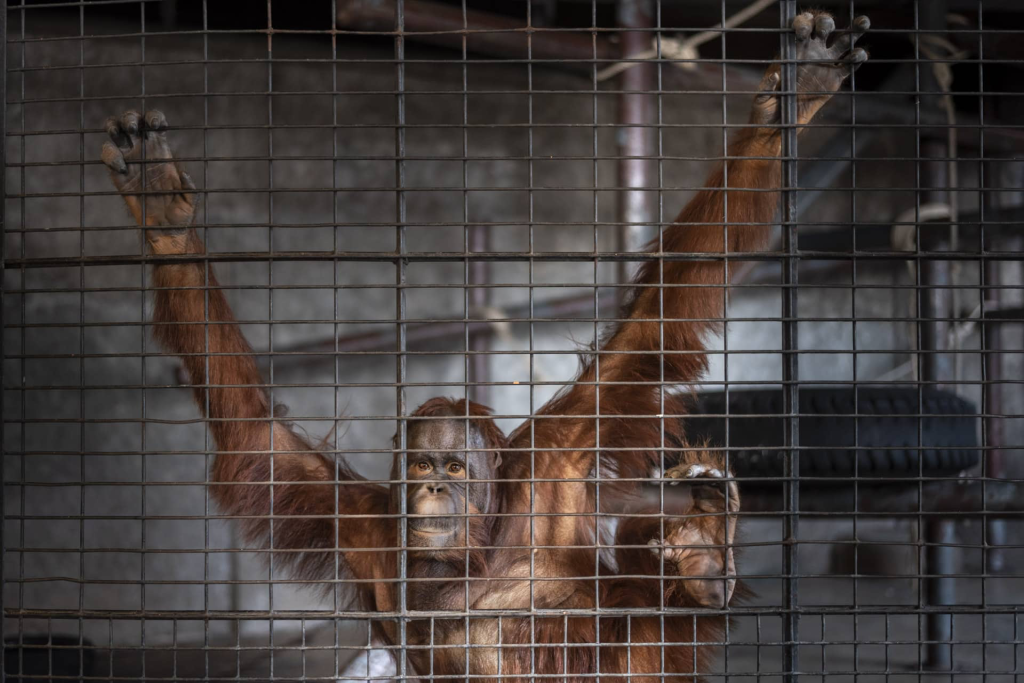
Zoos have long been at the forefront of wildlife conservation, playing a crucial role in preserving endangered species and educating the public. They provide a sanctuary for animals that are threatened by habitat loss, poaching, and other dangers in the wild. Zoos contribute to conservation through breeding programs, research, and habitat restoration projects. Many species, once on the brink of extinction, have been saved thanks to these efforts.
One significant achievement is the successful breeding of the giant panda, which was once considered critically endangered. Zoos like the Smithsonian’s National Zoo have played a pivotal role in increasing their population through carefully managed breeding programs. Similarly, the California condor, once reduced to just 27 individuals, has seen a remarkable recovery due to zoo-based conservation initiatives.
However, zoos face numerous challenges. Ensuring adequate space and proper care for animals in captivity can be difficult, and there is ongoing debate about the ethics of keeping animals in enclosures. Critics argue that some zoos prioritize entertainment over education and conservation. Furthermore, the focus on popular species can sometimes divert resources away from less charismatic but equally endangered animals.
Despite these challenges, many modern zoos are dedicated to improving their practices. They invest in creating more naturalistic habitats and engage in global conservation efforts. By fostering a deeper understanding of wildlife through educational programs and supporting field conservation projects, zoos continue to play a vital role in protecting our planet’s diverse species.